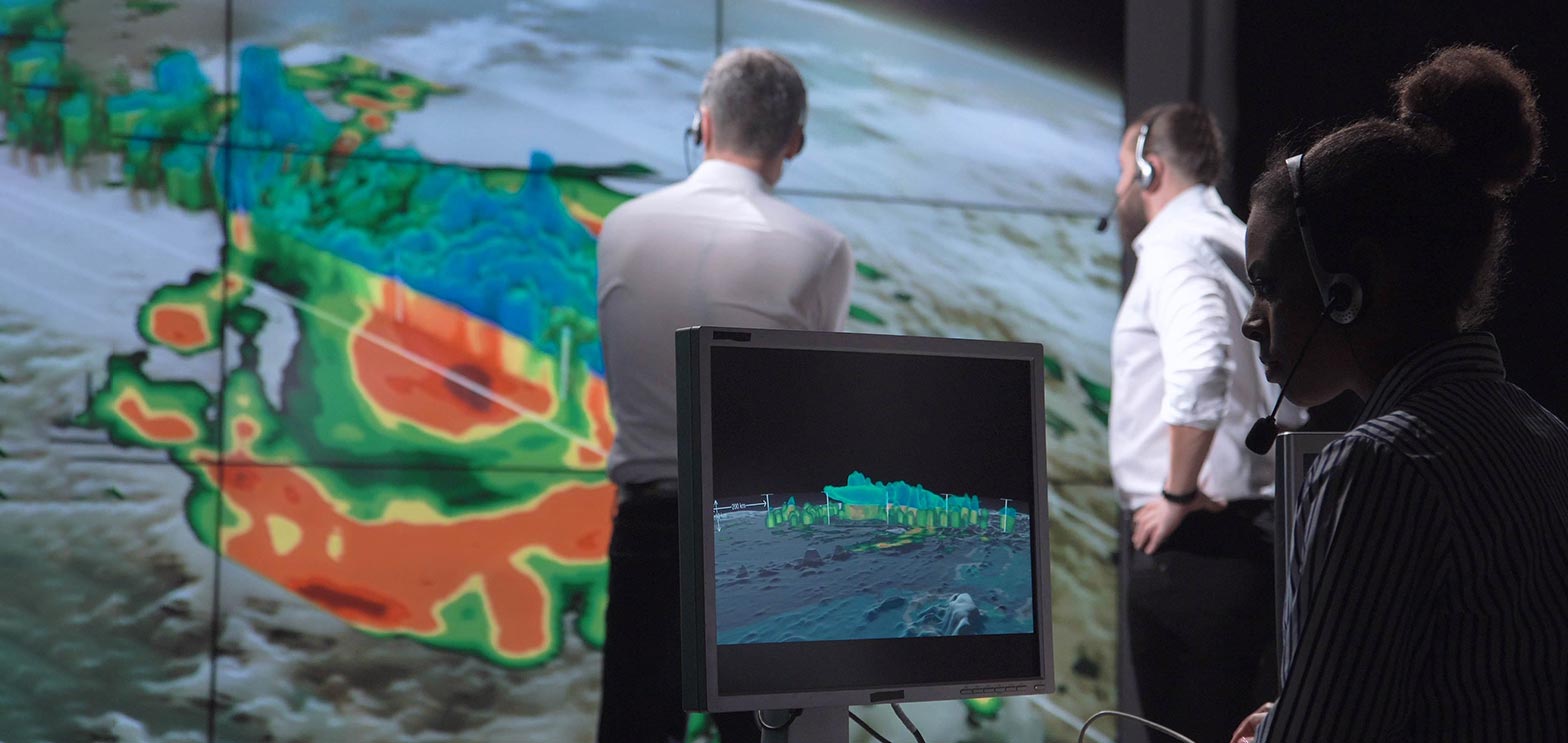Operations2-minute read
5 Tips to Prepare for Disaster
Hurricane seasons have been rough with more storms than normal and plenty of time left this season to wreak additional havoc. Add in the complexities of the wildfires, the COVID-19 pandemic and the impending flu season, and you understand that it’s getting harder to stay out of harm’s way. Are your call center operations or customer experience (CX) outsourcers prepared?

For nonstop customer care, predictive planning is a must. Here’s how to vet a new or existing contact center BPO’s predictive planning strategies:
Make sure the company’s operations track hurricanes and wildfires as they develop, anticipating when and where they will disrupt your customer service. In addition, if you are in the travel industry, be sure they can identify airports and flights where storms will cause the most delays and cancellations.
We suggest using a full-time employee equivalent ratio of up to 3-to-1 agents, educated in your business and in reserve as your customer service inquiry volumes fluctuate. Your outsourcer should also be able to scale up or down within a few hours’ notice.
Research their agent communication channels. Your outsourced customer service agents must be alerted days in advance with real-time communications, via email, mobile, or online portal. Updates and adjustments must be made as your customer service demands change.
Be sure there’s a plan to move your work out of harm’s way in preparation for or in the event of natural disaster or pandemic hotspot. If it’s a brick-and-mortar operation, your work should be shifted to additional agents in unaffected areas. If they utilize a remote workforce, ensure there is a way to pinpoint their agent locations and shift schedules according to a storm’s trajectory or fire’s path.
As a storm, fire or pandemic rages, aftermath preparations must be completed. Assess your current CX operations. Perhaps utilizing a brick-and-mortar call center, which have drastically declined because of COVID-19 and are emptied when in the path of a natural disaster, isn’t the way forward.
Business continuity often requires operating in harm’s way. And while the names of the storms and their intensity vary, predictive preparation remains the one constant.
Watching Out for You
With a network of agents, our talent outreach is greater than any storm’s path. For the recent nor’easters, we:
- Conferred with clients days in advance, determining where and when the most support was needed.
- Alerted agents beforehand, adding numbers and shifts as necessary by anticipating trouble spots.
- Evaluated risks as the storms struck, shifting resources to harder hit areas to ensure steady service.

Let Us Partner with You on Disaster Preparation
Start Preparing TodayMarketing Director


This Might Interest You...
This website uses cookies to personalize and improve your experience. Continue browsing our site if you agree to our Cookie Policy or feel free to Manage Cookies yourself.


